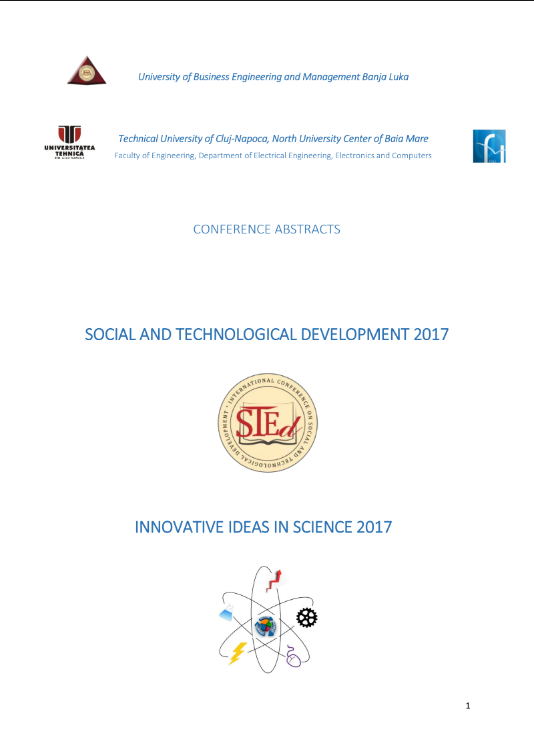
This is an open access article distributed under the Creative Commons Attribution License which permits unrestricted use, distribution, and reproduction in any medium, provided the original work is properly cited.
We explored the impact of socially desirable responding (SDR) when assessing the outcomes of the emotional literacy training for high school students using a self-report measure of emotional competence (EC). The training was conducted on a total sample of 737 high school students from the Republic of Srpska. As a part of the training effects evaluation process, some participants (N=134; 71.64% females) were given a measure of SDR (BIDR-6-SF, which contains Self-Deception- Enhancement (SD-E) and Impression Management-Denial (IM-D) subscales) in addition to the EC questionnaire (UEK-15), both before the workshop and one month later. Mean EC scores were significantly higher in the post-test: F(1, 133)=13.08, p<.001, ηp2=.09. However, when the SDR scores were controlled for, the difference became non-significant: F(1, 129)=0.39, p=.532, ηp2=.003. This was entirely due to the influence of posttest SD-E: F(1, 129)=7.19, p=.008, ηp2=.053. Pretest SD-E (β=.37, p<.001) and IM-D (β=.05, p=.55) explained 13.7% of pretest EC variance. Posttest SD-E (β=.44, p<.001) and IM-D (β=-.01, p=.92) explained 19.2% of posttest EC variance. When pretest and posttest SD-E and IM-D, and pretest EC were used as predictors of posttest EC, 59.3% of its variance was explained, with only pretest EC (β=.64, p<.001) and posttest SD-E (β=.24, p<.001) being significant predictors. Thus, a self-report measure of EC is clearly “saturated” with a significant amount of self- deception variance, making it arguably a poor choice when assessing the outcomes related to the emotional literacy/competence training of high schoolers. We suggest that additional, preferably not self-report measures of the EC should be used.
emotional competence, socially desirable responding, self-report measures, high school student’s competence training, workshop/training effect assessment
The statements, opinions and data contained in the journal are solely those of the individual authors and contributors and not of the publisher and the editor(s). We stay neutral with regard to jurisdictional claims in published maps and institutional affiliations.